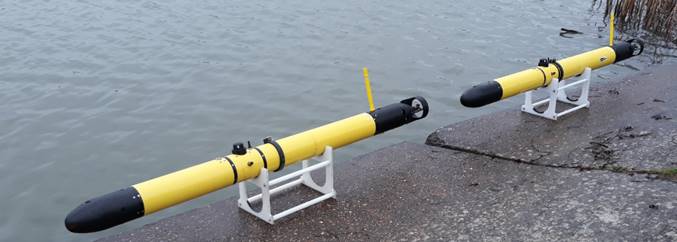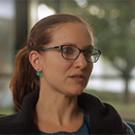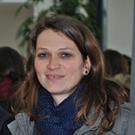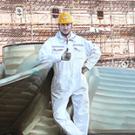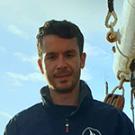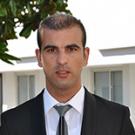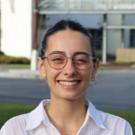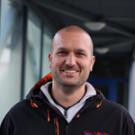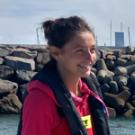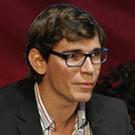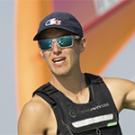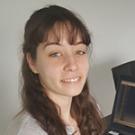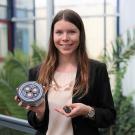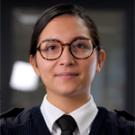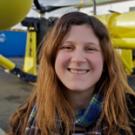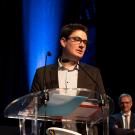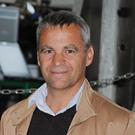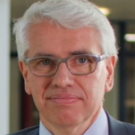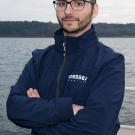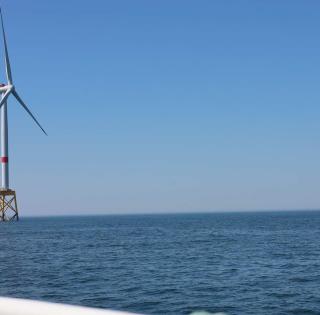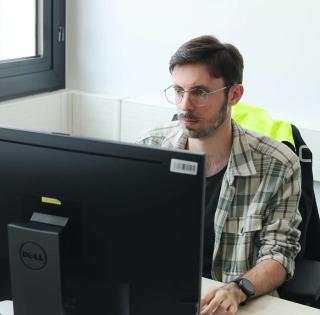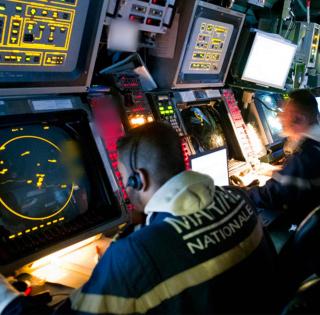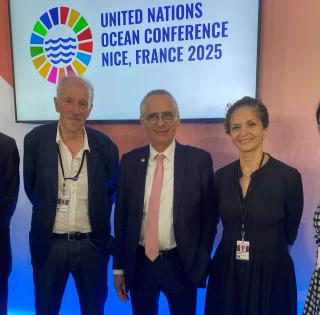
Julien, what studies have you taken?
After passing my science A levels, I took the traditional study route, enrolling in scientific preparatory classes (sup MPSI, then spé PSI*) and earning a place on ENSTA Bretagne’s engineering program as a civil engineering student. I completed my first two years of engineering training there, gradually specializing in IT and robotics, before heading to Heriot-Watt University in Edinburgh for my final year. I was thus able to get a double degree, in France, as an "ENSTA Bretagne engineer, Robotics major” with a "Master of Science in Marine Robotics" from Britain.
What are your career aspirations?
During my studies, it didn’t take long for me to realise that I was a lot more interested in technical expertise and research engineering positions than project management, so I decided to continue my studies by doing a thesis. I also hope to work in connection with the marine environment, which I discovered on coming to ENSTA Bretagne. My current plans after the thesis are therefore to start my career as a marine robotics research engineer, with a major experimentation focus – preferably abroad.
Is the thesis going to open up opportunities?
Yes! Before graduating, I wanted to join a company or research institute directly. But the positions I had in mind called for a PhD, especially abroad, even if the job vacancies didn’t state this. So I began to look into the thesis option and settled on the best compromise: I am doing a thesis on behalf of a company. This involves an Industrial Contract for Research-led Training (CIFRE), which means I am both an employee of a company specializing in marine robotics (KOPADIA) and a PhD student at the Lab-STICC research laboratory in ENSTA Bretagne’s robotics team. As such, my subject has a direct bearing on a key technological concern for my company – this is what is known as applied research.
Tell us about your thesis
What’s the subject?
My research focuses on the navigation of flocks of low-cost autonomous underwater drones compared with a single, high-cost robot.
Because the oceans are a particularly restrictive environment, the tendency is to use single robots fitted with very expensive sensors, capable of performing highly complex operational or observational missions. My thesis sets out to develop new navigational technologies for replacing these high-cost robots with groups of more standard robots, but which are programmed to be able to flock together to conduct the same mission just as well, if not better. There would be several advantages to having a fleet of underwater drones, including longevity of the mission, adaptability and highly accurate data.
What are the applications?
The main purpose is offshore facility surveillance. Underwater means are becoming increasingly necessary amid the development of new wind technologies. By using a fleet of robots to perform these surveillance missions, divers can avoid dangerous situations.
What’s more, it is easier for a fleet to scan an area to be explored as part of underwater research: accident, archeology, searching for a wreck and so on.
One last question: is it difficult?
I don’t think it’s more difficult than another profession, than the engineering profession for example. It’s different. You have to be conscientious and determined. You often progress in fits and starts. There are long periods when you feel you’re not getting anywhere – which can be discouraging – then all of a sudden you work it out and things progress really quickly. It’s a relatively solitary activity most of the time, which has ultimately turned out to be quite well suited to the circumstances of the health crisis. I think it’s good experience for anyone keen to specialize in a particular area and who likes pushing their boundaries.
Julien is part of ENSTA Bretagne’s robotics team, which is itself a member of the Lab-STICC laboratory, a joint research unit in knowledge, information and communication science and technologies (together with the CNRS, ENSTA Bretagne, IMT Atlantique, UBO, UBS and ENIB).






